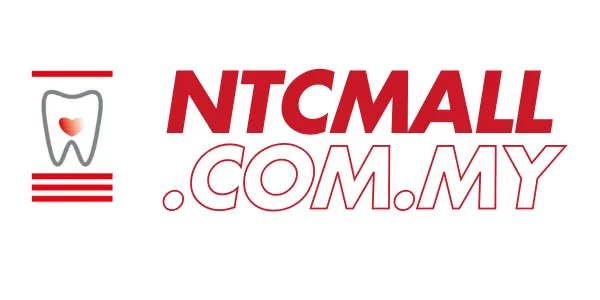Ultradent™ Silane - 2 x 1.2 ml syringes
Share
Product Information
Ultradent 90-second Porcelain Etch is used to etch porcelain veneers, crowns, bridges, inlays, onlays, and fractured dental porcelain. Ultradent 60-second Silane is used after hydrofluoric acid etching to prepare the surface for bonding resin.
Studies have demonstrated that Silane, when used with Porcelain Etch and a quality bonding resin, yields the highest bond strength to porcelain when compared with other porcelain bonding products.1 Both Porcelain Etch and Silane may be used intraorally or extraorally.
- Porcelain Etch is a viscous, buffered 9% hydrofluoric acid
- Etch is easy to control and place
- Will not stain composite or resin cement
- Silane is a single-component solution
- Yields the highest porcelain-to-resin bond strengths1
- Ultradent Porcelain Etch and Silane may also be used on lithium disilicate (IPS e.max *) restorations2
- For Porcelain Etch, use with Inspiral Brush tips. For Silane, use with Black Mini Brush tips.
- Certified gluten free
MDA Registration No: GB1823623-155433

Technical Details
Viscous, Buffered 9% Hydrofluoric Acid
Porcelain Etch is a buffered, gelled hydrolic acid designed specifically to etch fractured dental porcelain and etching porcelain veneers, crowns, or inlays. It can also be used for etching porcelain crowns before bonding orthodontic brackets. It is buffered and gelled to minimize any irritation that could occur from the hydrofluoric acid vapor.
Etch is Easy to Control and Place
Porcelain Etch features a high visibility yellow hue so you can see exactly where it is placed. It is also viscous enough to stay where you place it.
Designed to Work Together
Porcelain Etch and Silane are designed to be used together when etching porcelain to provide high porcelain-to-resin bond strengths. Studies have demonstrated that Silane, when used with Porcelain Etch and a quality bonding resin, yields the highest bond strength to porcelain when compared with other porcelain bonding products.1
Clinicals
Porcelain Surface Before and After Porcelain Etch

Diamond-cut porcelain surface. (Photo courtesy of Dr. Cornelis Pameijer)

Same porcelain surface following a 90-second etch with Ultradent Porcelain Etch. (Photo courtesy of Dr. Cornelis Pameijer)
Video
Procedures
Preparing the Porcelain
See Instructions for Use for complete instructions, warnings, and precautions.
Step 1

Etch clean bonding surface with Porcelain Etch for 90 seconds, rinse, and dry.
Step 2

CLINICAL TIP: Apply phosphoric acid (Ultra-Etch™ etchant) for five seconds to remove porcelain salts and debris formed by hydrofluoric acid etching. Rinse and air dry.
Step 3

Apply a puddle coat of Silane to inside surface for 60 seconds, dry, and set prosthesis aside. Do not rinse.
Brochures
Reviews
Be the first to review
Write an review
How would you rate the product?
More thought about the product




